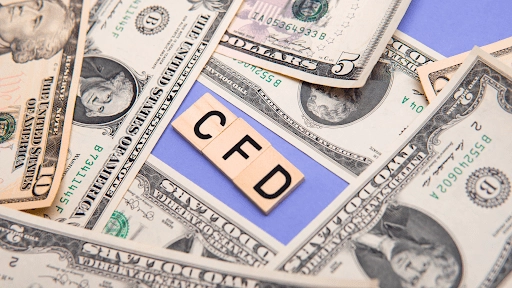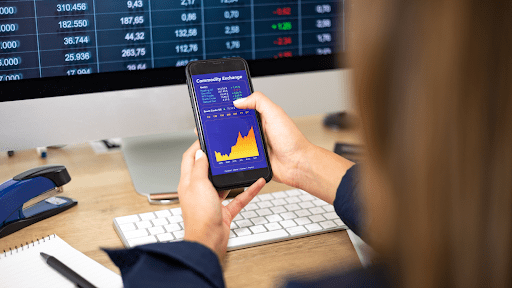-
- Trading Platforms
- PU Prime App
- MetaTrader 5
- MetaTrader 4
- PU Copy Trading
- Web Trader
- PU Social
-
- Trading Conditions
- Account Types
- Spreads, Costs & Swaps
- Deposits & Withdrawals
- Fee & Charges
- Trading Hours

Contract For Differences, also known as CFD in short, allows traders to earn from price movements of underlying assets such as stocks and currencies without actually owning them. Learn how you can trade CFD. CFDs refer to financial contracts between brokers and traders which involve the latter paying for an asset’s price differences between its opening and closing trade. CFDs allow traders to earn from the price movements of a variety of underlying assets, such as stocks, commodities, currencies and indices, without actually owning them. Read below for a step-by-step guide on how you can start trading CFD.
Before you start trading CFDs, it is important to compare the different brokers and find a CFD broker that has a good reputation and meets your trading needs. If you are looking to trade forex, you may want to read this comprehensive guide on tips for finding the right online forex broker that offers CFD trading.
After deciding on the CFD broker, you can proceed to trading CFD with the following steps:
Step 1: Open a trading account. This usually includes the process of filling up an online application form and submitting the documents required, such as the proof of identity and proof of residence.
Step 2: After opening an account, you will be asked to deposit money into your trading account which can typically be done using a credit or debit card, or by bank transfer.
Step 3: Now you are ready to start trading CFDs. After funding your trading account, you can select the assets that you would like to trade, whether it is shares, indices, forex, commodities or bonds.
Want To Learn More About CFD And How It Works?

Step 4: After you have selected what CFD assets you would like to trade, you can place a trade. For this, you will have to decide whether you think the price of the asset you are placing trade on will increase or fall. You can open a “buy” position if you are expecting the price to go up. On the other hand, you can also choose to open a “sell” position if you are expecting the asset price to fall.
Step 5: Last but not least, you will have to monitor the progress of your trade after placing your trade. This means that you will have to check on your trade on a regular basis and make adjustments to your stop loss, take profit, or trading strategy based on the assets’ price movements and your own analyses.
To sum up, unlike other forms of trading, in order to trade CFDs well, it is important to have a good understanding of the risks that CFDs might carry. CFDs carry a high level of risks and can additionally incur additional swap fees for holding a position long-term. CFD and forex trading requires a trading strategy and proper risk management. For beginner traders, you might want to find out more about the demo accounts PU Prime have to offer before jumping into trading with a live account.
For traders who are interested in CFD trading, you can check out PU Prime’s trading platforms including our newly launched mobile app that also provides CFD trading below.
Are You Interested In Exploring A Path Of CFD Trading?

Trade forex, indices, metal, and more at industry-low spreads and lightning-fast execution.
Sign up for a PU Prime Live Account with our hassle-free process.
Effortlessly fund your account with a wide range of channels and accepted currencies.
Access hundreds of instruments under market-leading trading conditions.
